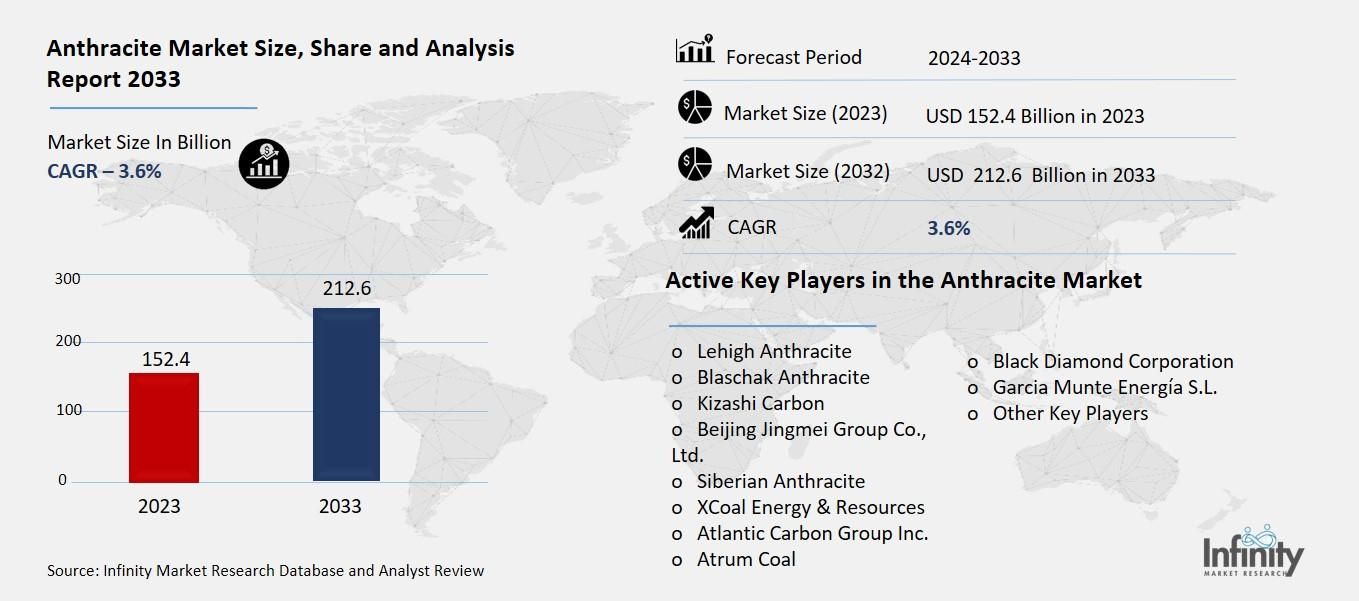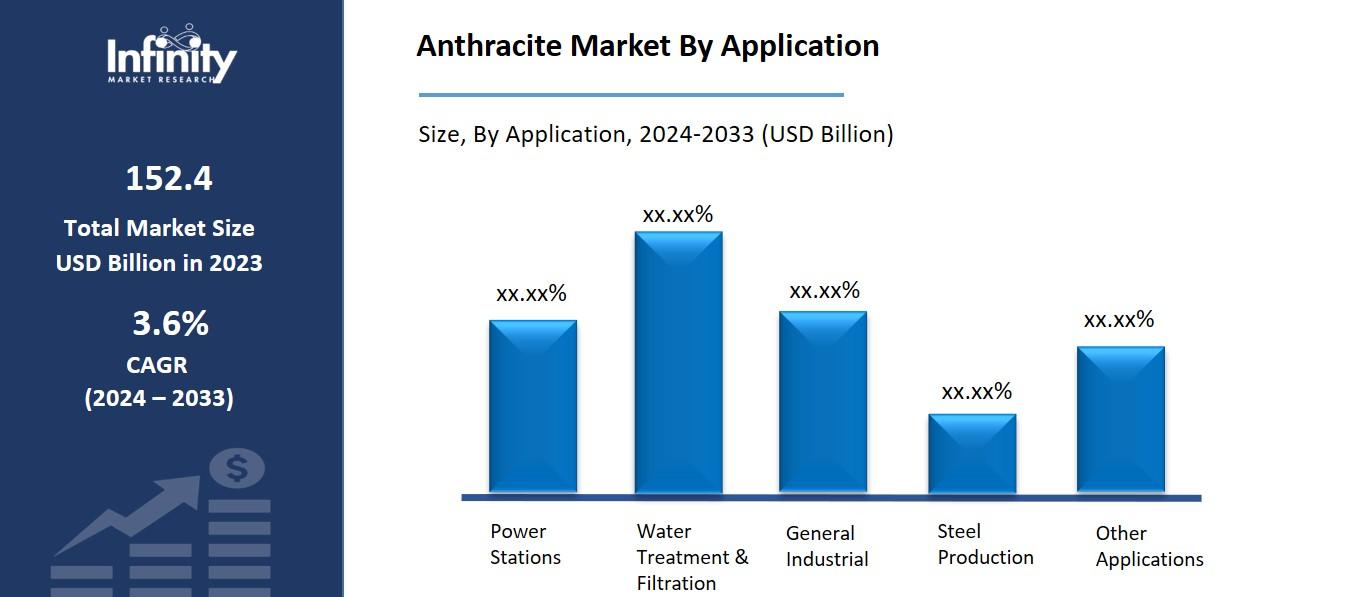
🔐 Secure Payment Guaranteed
Safe checkout with trusted global payment methods.
🌟 Why Choose Infinity Market Research?
At Infinity Market Research, we dont just deliver data — we deliver clarity, confidence, and competitive edge.
In a world driven by insights, we help businesses unlock the infinite potential of informed decisions.
Here why global brands, startups, and decision-makers choose us:
Industry-Centric Expertise
With deep domain knowledge across sectors — from healthcare and technology to manufacturing and consumer goods — our team delivers insights that matter.
Custom Research, Not Cookie-Cutter Reports
Every business is unique, and so are its challenges. Thats why we tailor our research to your specific goals, offering solutions that are actionable, relevant, and reliable.
Data You Can Trust
Our research methodology is rigorous, transparent, and validated at every step. We believe in delivering not just numbers, but numbers that drive real impact.
Client-Centric Approach
Your success is our priority. From first contact to final delivery, our team is responsive, collaborative, and committed to your goals — because you re more than a client; you re a partner.
Recent Reports
Global Myopia Control Lenses Market Report 2025-33
Hyaluronic Acid-based Dermal Fillers Market Report
Anthracite Market
Anthracite Market Global Industry Analysis and Forecast (2024-2033) by Grade (Standard Grade, Ultra-High Grade, and High Grade), Application (Power Stations, Water Treatment & Filtration, General Industrial, Steel Production, and Other Applications), End-Use (Energy & Power, Metallurgical, Chemicals, and Other End-Uses) and Region
May 2025
Chemicals and Materials
Pages: 138
ID: IMR1937
Anthracite Market Synopsis
The global anthracite market was valued at USD 152.4 million in 2023 and is expected to grow from USD 157.4 million in 2024 to USD 212.6 million by 2033, reflecting a CAGR of 3.6% over the forecast period.
The global anthracite market exists as the system through which people exchange and utilize anthracite coal which belongs to the upper-grade hard classification of coal and showcases high carbon amounts and minimal contamination levels. Standard industrial operations using steel manufacturing and electricity generation require the heat-generating properties of anthracite along with heating homes. Multiple industries prefer to use anthracite because it offers superior performance characteristics including high energy output and minimized pollution that lower-grade coal does not provide. Anthracite market demand responds to industrial expansion rates along with national energy requirements and increasing clean power requirements mostly impacting regions including substantial steel manufacturing sectors. The market faces critical obstacles from cleaning the environment through regulatory controls that resulted in the transition toward promoting sustainable energy alternatives.

Anthracite Market Driver Analysis
Increasing Steel Production
The usage of steel constitutes a crucial backbone for infrastructural development and machinery creation and industrial product manufacturing thereby fulfilling important economic growth requirements worldwide. Anthracite coal continues to have essential value in the steel sector because its transformation into coke serves as both blast furnace reducing agent and fuel necessary for steel smelting. Anthracite coal processing generates coke which furnishes the required heat and chemical processes to change iron ore into molten iron for steel production. Worldwide development together with expanding infrastructure projects and urbanization and industrial activity drives continuous steel product demands especially in developing regions. The market demand for anthracite gets directly affected because this coals serve as one of the best options for producing high-quality coke which benefits from its highly efficient carbon content.
Anthracite Market Restraint Analysis
Decline in Coal Consumption
Strict environmental measures focusing on green gas emission reduction and climate change mitigation has led developed nations to lower their coal usage substantially. Gas emission standards as well as carbon tax and emission limit policies create environments where coal becomes less profitable than alternative clean energy solutions. The increasing use of solar wind and hydroelectric energy systems has decreased electrical power generation needs for fossil fuels including coal. The regions experience a decreasing demand for anthracite coal among other coal types. The high energy content combined with efficiency advantages of anthracite make steel production possible yet its general uses for power generation and heating residences steadily decrease since coal consumption continues its decline.
Anthracite Market Opportunity Analysis
Advancements in Coal Technologies
The market shows considerable development potential because of new technologies that optimize anthracite mining operations while improving environmental sustainability at burning stages. New mining extraction methods involving automated systems with remote monitoring systems together with precise extraction capabilities enhance anthracite extraction operations by lowering expenses and reducing resource utilization for environmental preservation. New coal washing technologies together with processing innovations create pure energy materials which produce less pollution during combustion sessions. Cleaner burning technologies including fluidized bed combustion together with carbon capture and storage (CCS) systems will lower anthracite combustion environmental effects through carbon emissions capture and minimized air pollutants emissions. By implementing digital tools for emission management organizations can achieve more efficient anthracite use and better environmental regulation compliance.
Anthracite Market Trend Analysis
Shift Toward Cleaner Coal Technologies
Cleaner coal technology advancements now play a vital role in altering the anthracite market because governments along with industries want to meet their energy needs without compromising environmental sustainability. Strict usage of coal exists in steel-making and power generation markets but industry stakeholders and governments prioritize minimizing environmental consequences to include both emission reduction and atmospheric pollution control. The evolution of CCS technologies demonstrates this market trend by creating methods which capture carbon dioxide emissions during anthracite burning and securely store them deep underground thus blocking emission entry into the air. The adoption of supercritical and ultra-supercritical steam cycles as advanced combustion technology generates greater energy output from each unit of coal while simultaneously decreasing harmful emissions in coal-fired power plants.
Anthracite Market Segment Analysis
The Anthracite Market is segmented on the basis of Grade, Application, and End-Use.
By Grade
o Standard Grade
o Ultra-High Grade
o High Grade
By Application
o Power Stations
o Water Treatment & Filtration
o General Industrial
o Steel Production
o Other Applications
By End-Use
o Energy & Power
o Metallurgical
o Chemicals
o Other End-Uses
By Region
o North America (U.S., Canada, Mexico)
o Eastern Europe (Bulgaria, The Czech Republic, Hungary, Poland, Romania, Rest of Eastern Europe)
o Western Europe (Germany, UK, France, Netherlands, Italy, Russia, Spain, Rest of Western Europe)
o Asia Pacific (China, India, Japan, South Korea, Malaysia, Thailand, Vietnam, The Philippines, Australia, New-Zealand, Rest of APAC)
o Middle East & Africa (Turkey, Bahrain, Kuwait, Saudi Arabia, Qatar, UAE, Israel, South Africa)
o South America (Brazil, Argentina, Rest of SA)
By Grade, Standard Grade Segment is Expected to Dominate the Market During the Forecast Period
The Grades discussed in this research study, the standard grade segment is expected to account for the largest market share of anthracite market in the forecast period. Standard grade anthracite makes itself applicable to industries such as power generation and cement manufacturing and residential heating through its lower carbon content that minimizes impurities. Standard grade anthracite stands as the preferred coal type for areas still requiring significant quantities of coal since developing nations keep driving their industrial growth and infrastructure development.
The lower expenses of standard grade segments compared to high-grade anthracite remain advantageous when considering their performance level. The product serves applications needing slightly less efficient energy generation as long as cost efficiency requirements take priority.
By Application, the Power Stations Segment is Expected to Held the Largest Share
The power stations segment is likely to dominate the market on account of the continuing reliance on coal for electricity generation, especially in regions where coal remains a cost-effective and reliable energy source. Renewable energy is increasingly gaining momentum worldwide yet coal-fired power stations still contribute a considerable share in many countries, including developing nations, as well as some developed countries yet to make the transition towards cleaner energy sources. As a result of its high carbon content, anthracite is known for its excellent heat and energy production, but is traded at a higher cost than bituminous coal because it generates more heat per unit of fuel.

By End-Use, the Metallurgical Segment is Expected to Held the Largest Share
The metallurgy is expected to dominate in the anthracite market since anthracite is vital in the production process of steel and other metals. Antracite is a key raw material in the metallurgy industry, in the process of manufacturing coke used in a blast furnace to produce molten iron from iron [1]. That molten iron is then used to make steel, which is required for infrastructure, manufacturing, and industrial products.
Anthracite Market Regional Insights
North America is Expected to Dominate the Market Over the Forecast period
North America is expected to dominate the anthracite market over the forecast period, primarily due to its established industrial base, ongoing demand for steel, and continuing use of anthracite in power generation, despite the growing shift towards renewable energy sources. The United States, in particular, remains a significant consumer of anthracite, especially in steel production, where anthracite is used in coke production for blast furnaces. Additionally, certain regions in the U.S. still use anthracite for residential heating, given its high energy efficiency and long burn time.
Moreover, technological advancements in cleaner coal technologies, including carbon capture and storage (CCS) and more efficient combustion processes, are likely to ensure that anthracite remains viable and sustainable in North America, even as the region moves toward greener energy sources. The U.S. and Canada are also expected to continue investing in infrastructure development, further boosting demand for steel and, consequently, anthracite.
Recent Development
In May 2021, García-Munté Energía launched the "Social Commitment" channel, showcasing the social initiatives and charitable projects undertaken by GME.
Active Key Players in the Anthracite Market
o Lehigh Anthracite
o Blaschak Anthracite
o Kizashi Carbon
o Beijing Jingmei Group Co., Ltd.
o Siberian Anthracite
o XCoal Energy & Resources
o Atlantic Carbon Group Inc.
o Atrum Coal
o Black Diamond Corporation
o Garcia Munte Energía S.L.
o Other Key Players
Global Anthracite Market Scope
|
Global Anthracite Market | |||
|
Base Year: |
2024 |
Forecast Period: |
2024-2033 |
|
Historical Data: |
2017 to 2023 |
Market Size in 2023: |
USD 152.4 Million |
|
Market Size in 2024: |
USD 157.4 Million | ||
|
Forecast Period 2024-33 CAGR: |
3.6% |
Market Size in 2033: |
USD 212.6 Million |
|
Segments Covered: |
By Grade |
· Standard Grade · Ultra-High Grade · High Grade | |
|
By Application |
· Power Stations · Water Treatment & Filtration · General Industrial · Steel Production · Other Applications | ||
|
By End-Use |
· Energy & Power · Metallurgical · Chemicals · Other End-Uses | ||
|
By Region |
· North America (U.S., Canada, Mexico) · Eastern Europe (Bulgaria, The Czech Republic, Hungary, Poland, Romania, Rest of Eastern Europe) · Western Europe (Germany, UK, France, Netherlands, Italy, Russia, Spain, Rest of Western Europe) · Asia Pacific (China, India, Japan, South Korea, Malaysia, Thailand, Vietnam, The Philippines, Australia, New-Zealand, Rest of APAC) · Middle East & Africa (Turkey, Bahrain, Kuwait, Saudi Arabia, Qatar, UAE, Israel, South Africa) · South America (Brazil, Argentina, Rest of SA) | ||
|
Key Market Drivers: |
· Increasing Steel Production | ||
|
Key Market Restraints: |
· Decline in Coal Consumption | ||
|
Key Opportunities: |
· Advancements in Coal Technologies | ||
|
Companies Covered in the report: |
· Lehigh Anthracite, Blaschak Anthracite, Kizashi Carbon, Beijing Jingmei Group Co., Ltd. and Other Key Players. | ||
📘 Frequently Asked Questions
1. What would be the forecast period in the Anthracite Market Research report?
Answer: The forecast period in the Anthracite Market Research report is 2024-2033.
2. Who are the key players in the Anthracite Market?
Answer: Lehigh Anthracite, Blaschak Anthracite, Kizashi Carbon, Beijing Jingmei Group Co., Ltd. and Other Key Players.
3. What are the segments of the Anthracite Market?
Answer: The Anthracite Market is segmented into Grade, Application, End-Use, and Regions. By Grade, the market is categorized into Standard Grade, Ultra-High Grade, and High Grade. By Application, the market is categorized into Power Stations, Water Treatment & Filtration, General Industrial, Steel Production, and Other Applications. By End-Use, the market is categorized into Energy & Power, Metallurgical, Chemicals, and Other End-Uses. By region, it is analyzed across North America (U.S.; Canada; Mexico), Eastern Europe (Bulgaria; The Czech Republic; Hungary; Poland; Romania; Rest of Eastern Europe), Western Europe (Germany; UK; France; Netherlands; Italy; Russia; Spain; Rest of Western Europe), Asia-Pacific (China; India; Japan; Southeast Asia, etc.), South America (Brazil; Argentina, etc.), Middle East & Africa (Saudi Arabia; South Africa, etc.).
4. What is the Anthracite Market?
Answer: The anthracite market depends on worldwide coal supply and demand patterns of this premium carbon-rich coal type that shows high resistance and efficient energy output. The industry values anthracite as an important energy source because it offers both minimal impurities and optimistic heat output through its considerable calorie content. Anthracite functions as a residential heating source in particular regions because it provides clean and extended-lasting heat for space comfort.
5. How big is the Anthracite Market?
Answer: The global Anthracite Market was valued at USD 152.4 million in 2023 and is expected to grow from USD 157.4 million in 2024 to USD 212.6 million by 2033, reflecting a CAGR of 3.6% over the forecast period.


🔐 Secure Payment Guaranteed
Safe checkout with trusted global payment methods.
🌟 Why Choose Infinity Market Research?
- Accurate & Verified Data:Our insights are trusted by global brands and Fortune 500 companies.
- Complete Transparency:No hidden fees, locked content, or misleading claims — ever.
- 24/7 Analyst Support:Our expert team is always available to help you make smarter decisions.
- Instant Savings:Enjoy a flat $1000 OFF on every report.
- Fast & Reliable Delivery:Get your report delivered within 5 working days, guaranteed.
- Tailored Insights:Customized research that fits your industry and specific goals.




